originally published by the Biodynamic Association here
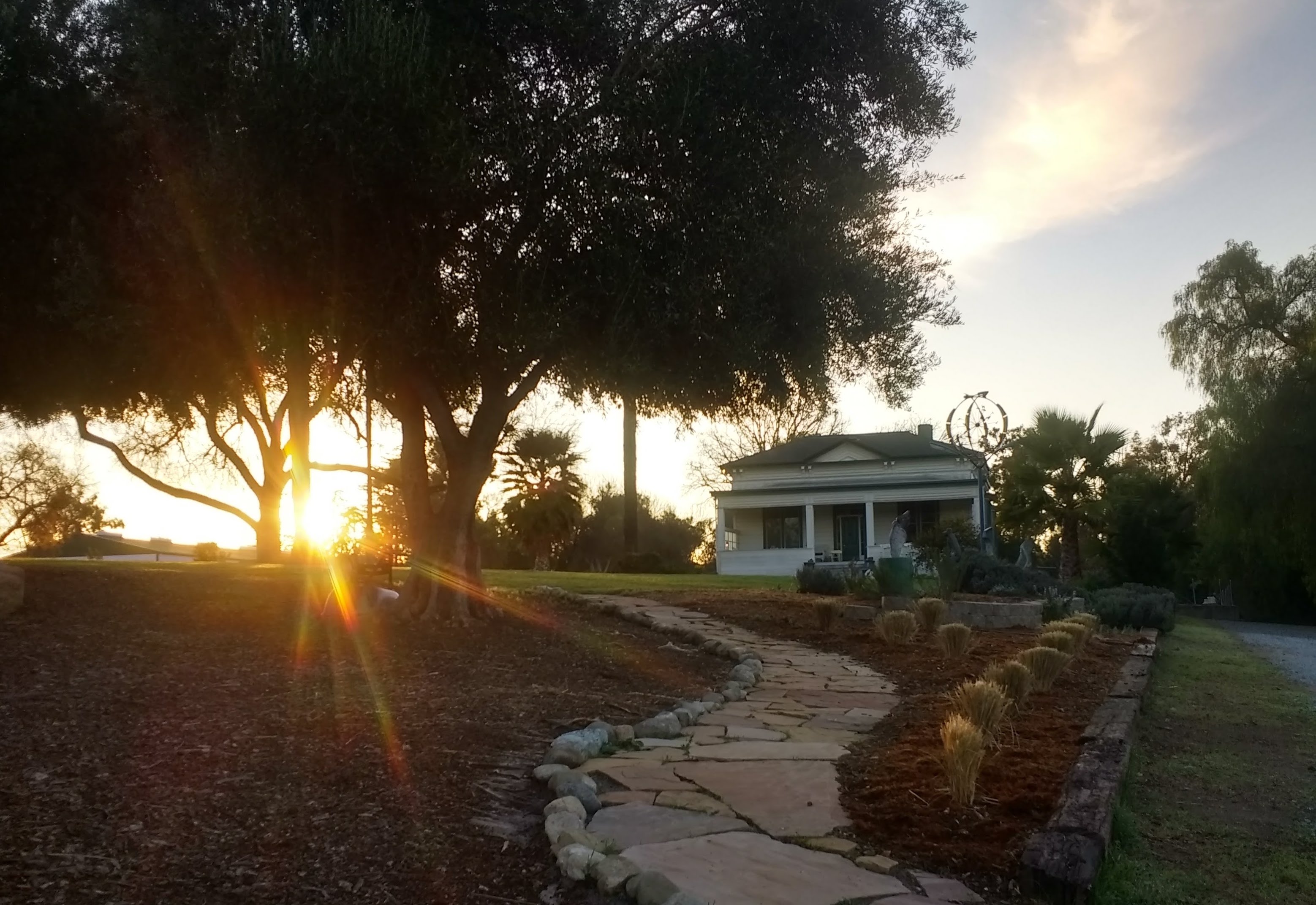
Photo by Amirah AbuLughod
I recently attended Faithlands, a remarkable gathering of faith leaders and sustainable agriculture leaders convened by Greenhorns and the Agrarian Trust and hosted at beautiful Paicines Ranch in California. The main purpose of the gathering was to explore the potential for lands held by faith communities to be placed in the service of the sustainable agriculture movement and beginning farmers in particular. Many of us left this gathering, however, feeling that something much deeper and more far-reaching had occurred during our three days together.
To understand the deeper experiences that many of us felt during this gathering, it may be helpful to call to mind the concept of the farm ecosystem or organism as it is understood in the biodynamic farming movement. This concept suggests that all the diverse elements of a farm—the woodlands, the wetlands, the cropland, the pastures, the orchards, the farm animals, the wildlife, etc.—can be woven together biologically into a higher synthesis through the wise management of the farmer. Each of these elements must be managed as a whole unto itself but each can also contribute to a whole that is greater than the sum of the parts. This greater whole is the farm ecosystem.
When a farm begins to achieve this quality of wholeness, remarkable expressions of health and vitality begin to emerge on the farm and in the food produced on the farm. The farm, you could say, becomes a vessel for something working at a higher level than biology. In biodynamics we would go so far as to say that the biological organism of the farm can become a vessel for a spiritual being to work in a new way on the earth, a being that can bless the whole surrounding landscape. To use a sacramental image, we could say that the farmer raises up the elements of the farm like a priest raises up bread and wine, allowing them to be infused with new life, bringing nourishment and healing to the whole community.
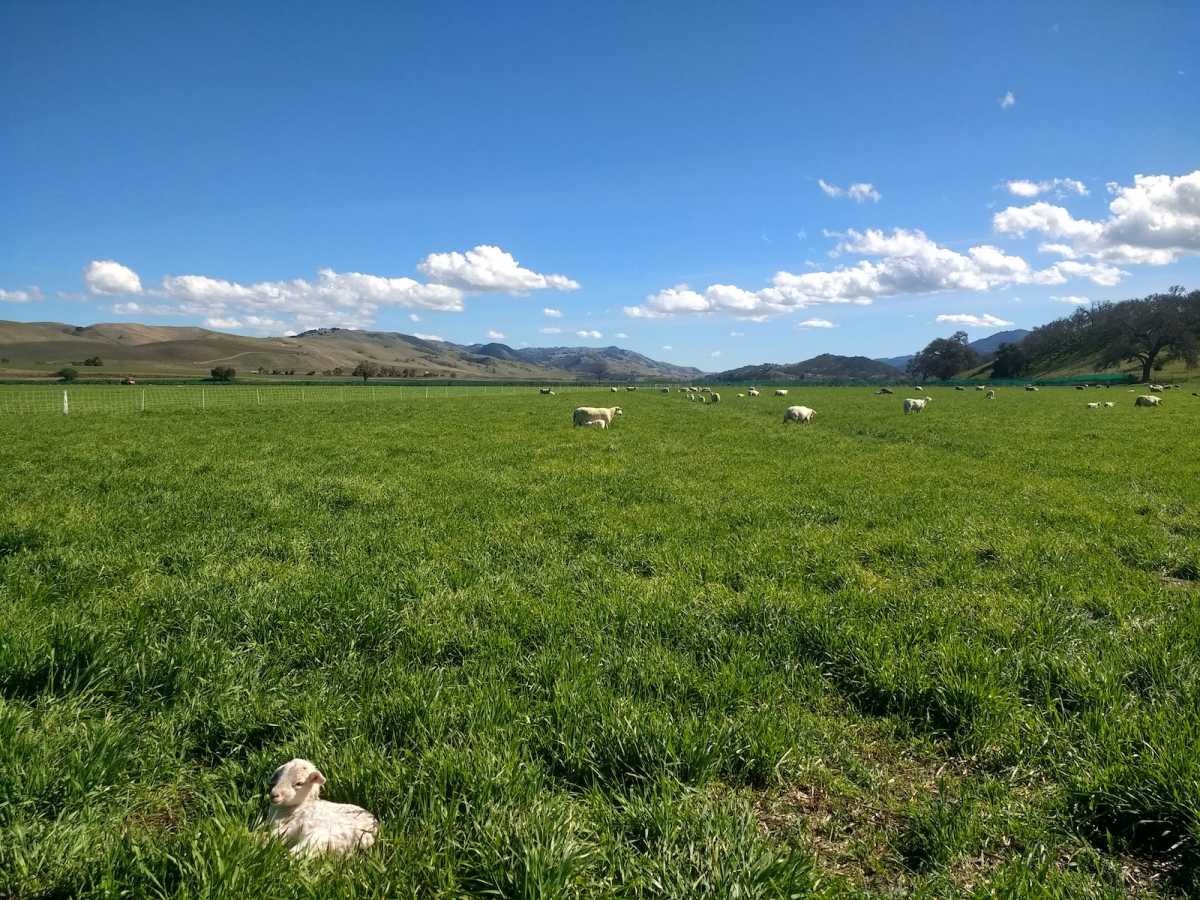
Photo by Amirah AbuLughod
Now I invite you to imagine this same concept applied to interfaith and ecumenical dialogue. Imagine a room of Muslims, Jews, and Christians, a room of Episcopalians, Lutherans, Baptists, Presbyterians, and Quakers gathering not so much to compare theological perspectives, but rather to share their unique ways of loving and caring for the land, for farmers, and for their own communities.
Imagine a Muslim farmer sharing how his love for the earth called him away from an academic career and inspired him to partner with the New Jersey Muslim community to create an organic farm and educational center inspired by the environmental and social values of Islam.
Imagine a Dominican sister sharing how she feels her traditional religious vows have been transformed into a new healing chrism for the earth, inspiring her community and many others to place their lands into the service of small farmers and local land trusts on behalf of a bioregional vision of the future.
Imagine a leader in the Jewish community farming movement sharing how work on a community supported agriculture farm helps re-connect young people to the roots of their faith and to the deeper social and environmental dimension of lived Judaism.
Imagine a leader of the Lutheran church in Milwaukee sharing how the community garden she founded, located on land historically connected to the underground railroad, has become a sanctuary for the African American community, where the arts of growing, preparing, and sharing food are restored to their cultural and sacred dignity.
Imagine a United Church of Christ pastor sharing his calling to create a new church rooted in the land and culture of rural communities as well in the radical agrarian values of the bible—a church founded on wonder and reverence for the working of god in all of creation.
Imagine these and many other offerings and conversations over three days creating a social vessel filled with a mood of devout open-mindedness, of reverent curiosity, of sacramental solidarity with one another and with the earth. Imagine, through these conversations, an ecosystem of faiths beginning to form among us, woven from our good will and inspiring us to place our diverse talents and gifts—and lands—in service to the future of the earth. In this way, you can perhaps begin to develop a feeling for the wonderful sense of community that arose in this gathering.
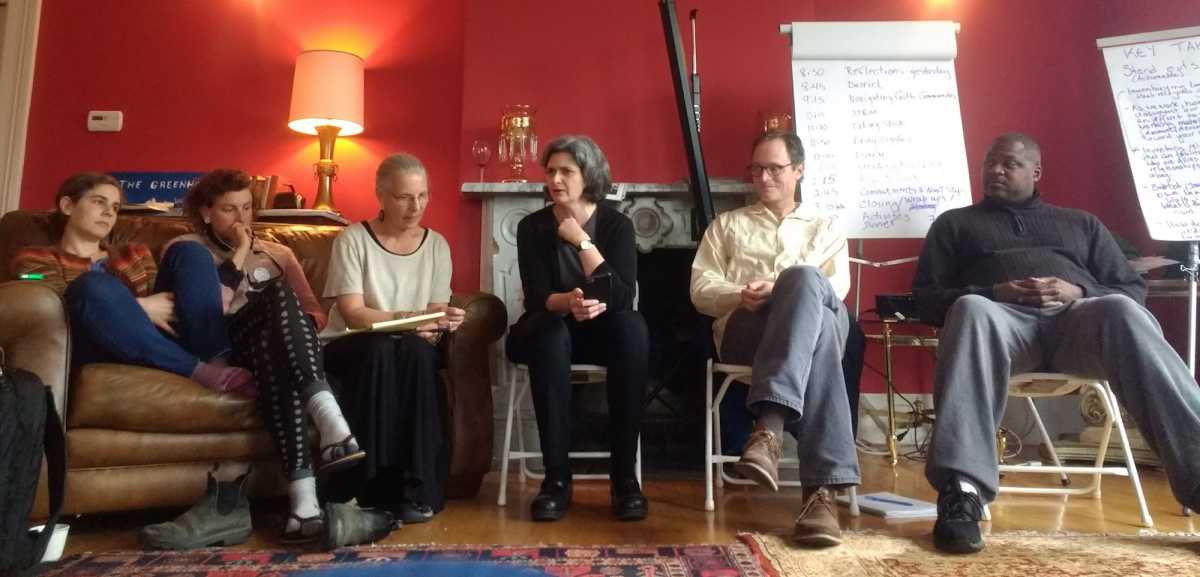
Photo by Amirah AbuLughod
What emerged clearly for me in this gathering, and what I think many others felt in their own way as well, is that there is an ecological and agrarian spirituality manifesting in our time that both embraces and transcends the beliefs and practices of individual faith communities, a spirituality that can serve as a new source of unity among all people who love the earth, whether religiously affiliated or not. This spirituality shines toward us from soil, plants and animals, from air, light and rain, from clouds, stars and seasons, from work, food and fellowship, inspiring us to unite spirit with matter in practical work on the land, work that blesses and is blessed by the holy, unifying embrace of the web of life.
You could say that, in the womb of this new spirituality, we felt our seeming differences dissolved like so many materials in a compost pile. While I think we certainly had moments where we felt this kind of unity, I think the image of the farm organism is ultimately the better analogy. For it was not so much that our differences were dissolved but rather that they were brought into connection with a higher source of unity that gave to each person and each religion and denomination represented a new sense of purpose and responsibility within a larger ecosystem, the full nature and texture of which none of us had felt before.
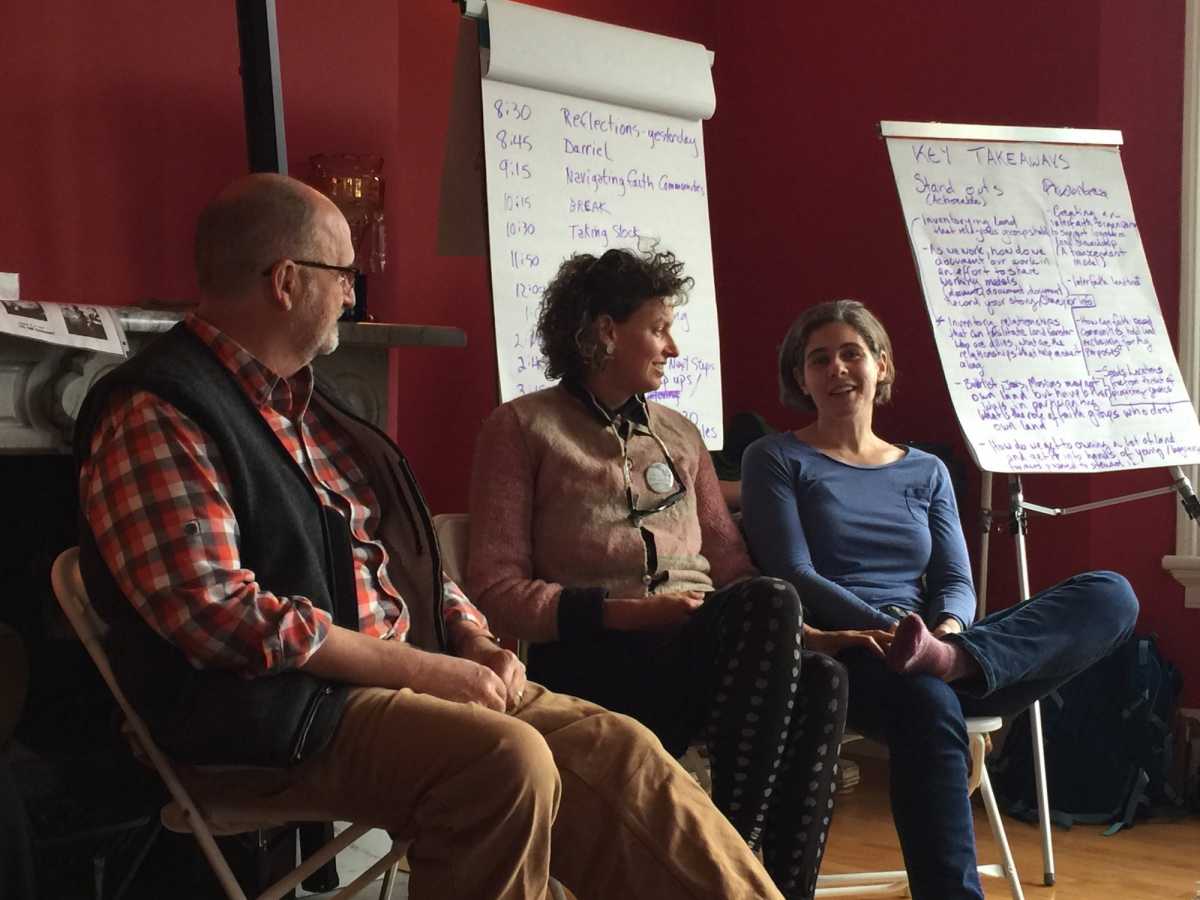
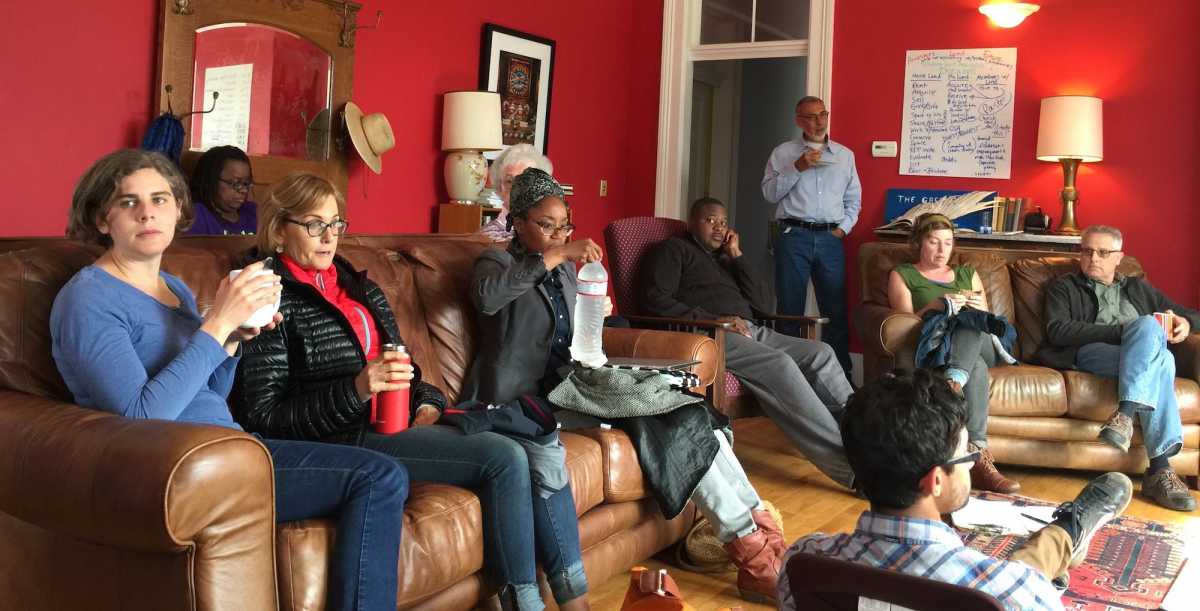
Photos by Nurya Parish
And yet there was an essential ingredient to this gathering that must not be overlooked, namely, those who attended not as representatives of faith communities, but rather as representatives, you could say, of the earth herself. These were the farmers and conservation biologists, the agroforesters and environmental lawyers, the staff of land trusts and farm organizations. Through their presence, we stayed grounded in the urgent needs of young farmers, in the loss of species and in the tragic plight of the glyphosate poisoned earth.
Without the urgency felt by these leaders, this gathering would likely never have happened, and thanks to them, we walked away from this event not only with our souls full of the new wine of an emerging ecosystem of faiths—we also walked away with a host of new tasks and commitments. Commitments such as:
Conducting an inventory of lands held by faith communities that could be suitable for sustainable agriculture and beginning to engage those with responsibility for these lands in conversations about their future;
Exploring the feasibility of a national land trust for holding and managing these lands, managed together by faith leaders and sustainable agriculture leaders;
Creating a circle of coaches to support farmers negotiating leases with faith communities;
Organizing other faithlands gatherings, small and large, across the county, such as at the 2018 Biodynamic Conference in Portland, Oregon;
Beginning to articulate the shared values and theological principles and insights that inform and inspire of this work;
Identifying the many voices who were not part of this conversation but that need to be for the future;
Forming a group to steward this ecosystem and the work flowing from it into the future.
We came to this gathering as representatives of diverse communities and interests, but with these commitments in our hands and with these experiences in our hearts and minds, we left feeling ourselves as members of a single community, a new ecosystem of people, faiths, and organizations devoted to the future of the earth.
Robert Karp is the former Executive Director of, and current Strategic Adviser to, the Biodynamic Association. He is also the former Executive Director of Practical Farmers of Iowa and is the founder of New Spirit Farmland Partnerships and the Monarch Farms Project, which helps farmers gain long-term access to land through partnerships with social impact investors. You can learn more about Robert’s work and read more of his writing on his website at www.robertkarp.net.
For more information about this gathering and the work following on from it, please contact Jamie Pottern at the Agrarian Trust: jamie@agrariantrust.org.
The following organizations were represented at this gathering, those in bold had representatives on the planning team:
Greenhorns, Honoré Farm and Mill, The Jesus Center, Religious Lands Conservation Project, Biodynamic Association, Agrarian Trust, The Abundant Table, Mount Grace Land Conservation Trust, Black Church Food Security Network, Quivira Coalition, Savanna Institute, Sustainable Economies Law Center, The Conservation Fund, Hazon, Islamic Society of North America, Green the Church, Vandersall Collective, Life Around the Table, Plainsong Farm and Ministry, Saint James Episcopal Church, Land For Good, Alice’s Garden Urban Farm, Interfaith Sustainable Food Collaborative, F.A.R.M.S- Agricultural Law, Urban Vegetable Project, Santa Cruz Farm, New Hope Catholic Worker Farm, The Good Tree Inc., The Keep & Till, Stony Point Center, Presbyterian Hunger Program